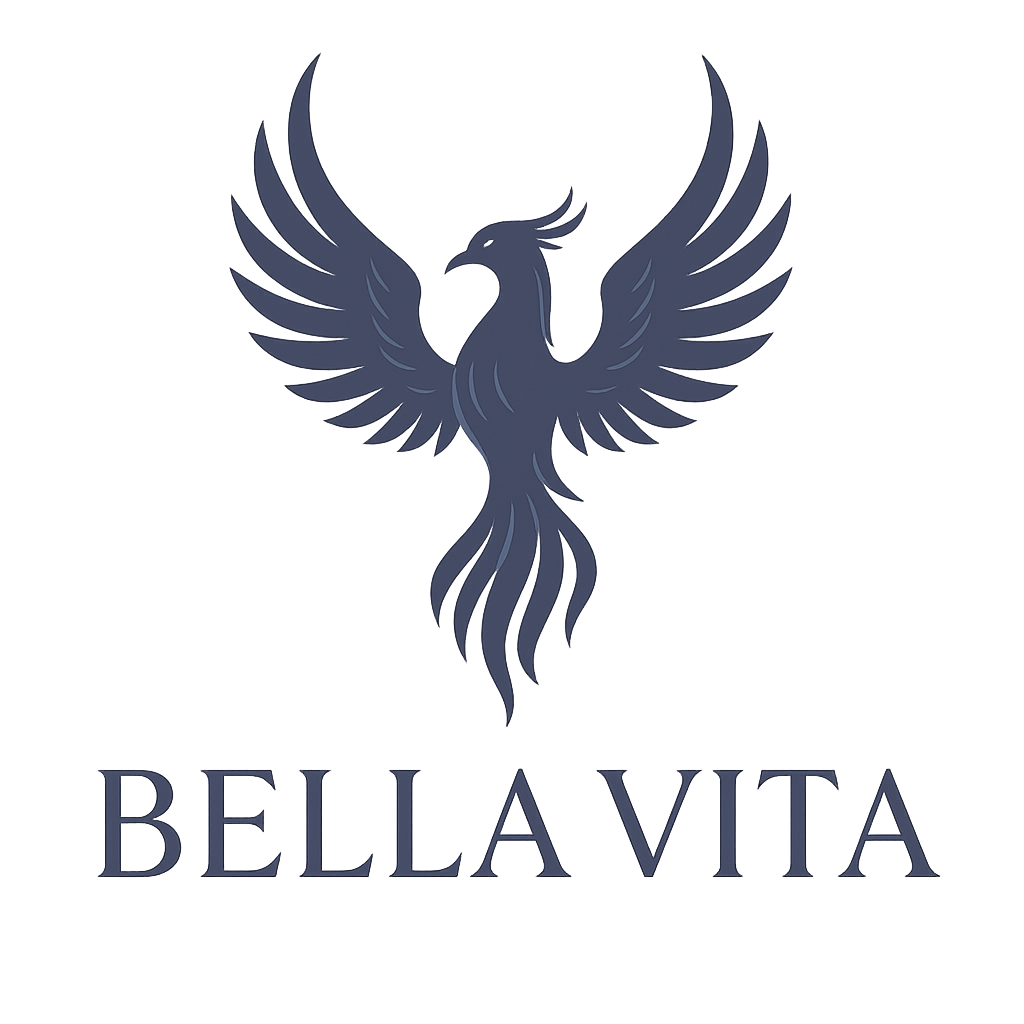Why “Good on Paper” Hires Fail (and What to Do Instead)
If you’ve ever thought “But they looked perfect on their resume!” then this one’s for you.
The Resume Trap
We’ve all been there: the candidate checks every box. Right skills, right experience, right references. You hire them… and three months later, you’re wondering what the hell happened.
They’re not a culture fit.
They don’t collaborate well.
Or worse — they’re quietly toxic, and your once‑happy team is now walking on eggshells.
That’s because a resume can tell you what someone has done.
It can’t tell you who they are.
Why “Good on Paper” Falls Apart
1. Skills ≠ Values
Someone can be incredible at the technical parts of their job but totally misaligned with your company values. That’s not just a mismatch, it’s a slow leak in your culture.
2. Pressure Changes People
Interviews are performances. Once the pressure of the hiring process is over, the real person shows up, and sometimes it’s not the one you met.
3. Culture Fit Is Rarely Measured
Most hiring processes still focus on hard skills and past experience, not on how a person communicates, handles conflict, or thrives in your team’s unique environment.
What to Do Instead
1. Hire for Alignment First
Get crystal‑clear on your company values and how they show up in everyday work. Build your interview questions to reveal how candidates live those values.
Example:
If one of your values is “Collaboration Over Competition”, ask:
“Tell me about a time you helped a teammate succeed even when it didn’t directly benefit you.”
Then, listen for specific actions, not just vague “I’m a team player” AI answers.
2. Ditch the Resume Obsession
Add personality and values‑based questions to your application process. These can tell you more about someone’s potential than a list of job titles ever will.
Example:
Include this on your application:
“What’s something you’ve taught yourself outside of work, and why?”
This shows you how they learn, adapt, and stay curious. All qualities you won’t see in a bullet point on a resume.
3. Involve the Team
If they’ll be working closely with a candidate, let them meet the top candidates. You’ll be amazed at what your team picks up on that you might miss.
Example:
Host a 15‑minute virtual coffee chat with 1–2 future teammates. Keep it casual, not like another interview.
Your team can ask casual questions like, “What kind of work environment helps you thrive?”
Afterward, ask your team privately: “How did that feel?” Their gut check matters.
4. Pay Attention to “Little” Red Flags
A dismissive comment. A lack of curiosity about your business. Poor follow‑through in early communication. Small things often point to big problems later.
Example:
If you clearly outline the interview time, format, and who they’ll be meeting, and they show up late without acknowledgement, or seem unprepared for who you are and what you do, don’t brush it off. Those patterns tend to repeat once they’re on your team.
The Bottom Line
The right hire isn’t just someone who can do the job; it’s someone who will make your business stronger by being in it. That requires looking beyond the paper and into the person.
If you’re tired of “perfect on paper” hires blowing up in your face, it’s time for a new approach.
Apply to Work With Bella Vita and let’s hire the human who will help your business thrive and doesn’t just check the boxes.
